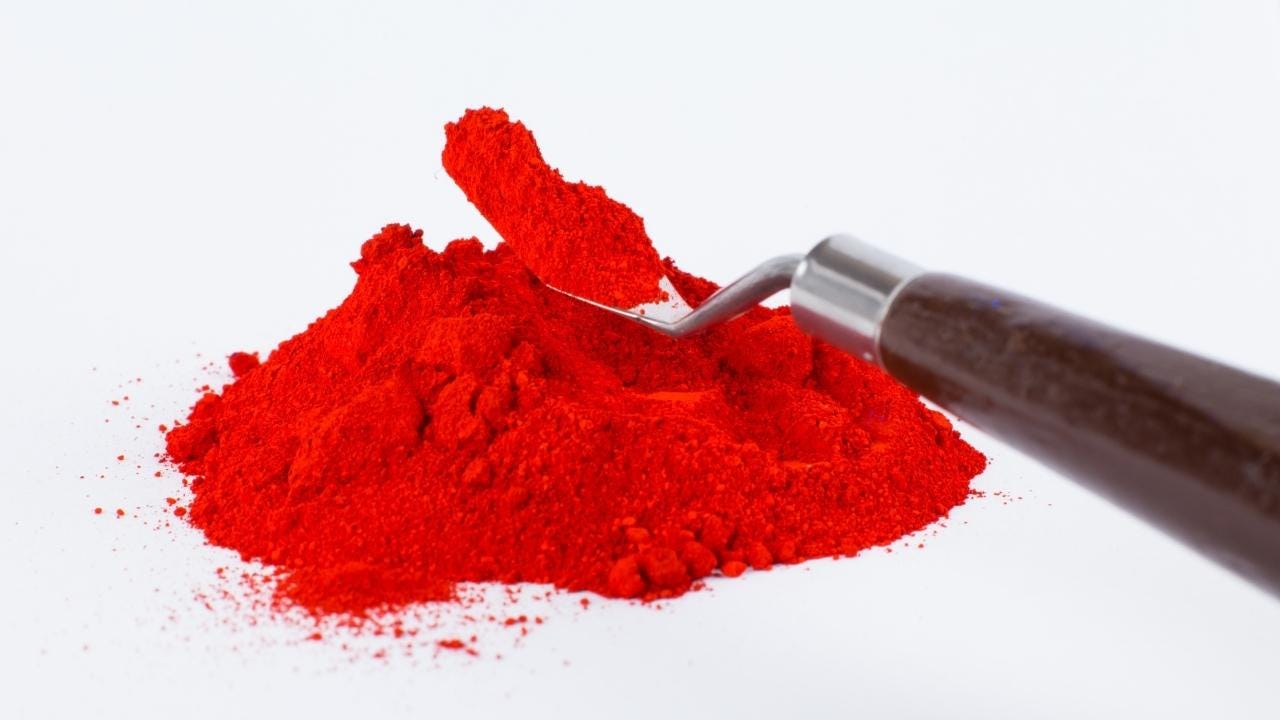Allura Red AC, also known as FD&C Red No. 40, is one of the most widely used synthetic food colorants in the world. Found in everything from candies and beverages to cosmetics and medications, this vibrant red dye has sparked significant debate over its safety and health implications. This blog explores the history, applications, regulatory status, health concerns, and ongoing research related to Allura Red, offering a comprehensive look at this controversial food colorant.
The History of Allura Red AC
Allura Red AC is a synthetic dye that belongs to the azo dye class, characterized by the presence of an azo group (N=N) in its molecular structure. It was first introduced in the 1970s as a replacement for Amaranth (FD&C Red No. 2), which was banned in the United States due to health concerns. Since its introduction, Allura Red has become a popular coloring agent due to its stability, bright hue, and versatility in various applications.
Applications of Allura Red AC
Allura Red AC is prized for its vibrant red color and is used in a wide range of products:
1. Food and Beverages:
Candies and Sweets: Allura Red is commonly found in gummies, jelly beans, and other brightly colored candies.
Beverages: Soft drinks, sports drinks, and flavored syrups often contain Allura Red to enhance their visual appeal.
Baked Goods: Frostings, cake mixes, and pastries frequently use this dye to achieve a red hue.
Snack Foods: Chips, crackers, and other savory snacks may include Allura Red for color enhancement.
2. Cosmetics:
Allura Red is used in various cosmetic products, including lipsticks, blushes, and nail polishes, to provide a consistent and vibrant color.
3. Pharmaceuticals:
Many medications, particularly children’s syrups and chewable tablets, use Allura Red to improve their appearance and make them more appealing to consumers.
4. Pet Foods:
Allura Red food color is also used in pet foods to make the products more visually appealing to pet owners.
Regulatory Status
The regulatory status of Allura Red AC varies across different regions:
1. United States:
The U.S. Food and Drug Administration (FDA) has approved Allura Red AC for use in foods, drugs, and cosmetics, provided it meets certain purity standards. It is one of the nine synthetic dyes approved by the FDA for use in food.
2. European Union:
In the EU, Allura Red (E129) is approved for use in foods but comes with mandatory labeling requirements. Products containing Allura Red must include a warning that it “may have an adverse effect on activity and attention in children.”
3. Other Countries:
Regulations in other countries vary, with some following the lead of the FDA and EFSA, while others impose stricter regulations or outright bans based on their own safety evaluations.
Health Concerns and Controversies
Allura Red AC has been the subject of numerous studies and debates regarding its safety and potential health effects:
1. Hyperactivity in Children:
One of the most significant concerns is the potential link between synthetic dyes, including Allura Red, and hyperactivity in children. The “Southampton Study” conducted in the UK suggested that certain food additives might exacerbate hyperactive behavior in children. This study led to the EU’s mandatory warning labels on products containing these dyes.
2. Allergic Reactions:
Some individuals may experience allergic reactions to Allura Red, ranging from mild symptoms like skin rashes to more severe reactions such as anaphylaxis. These reactions are relatively rare but are a concern for sensitive individuals.
3. Carcinogenicity:
There have been conflicting studies on whether Allura Red AC poses a carcinogenic risk. While some animal studies have raised concerns, regulatory agencies like the FDA and EFSA have determined that Allura Red is safe for human consumption at approved levels.
4. General Toxicity:
Other studies have explored potential links between synthetic dyes and general toxicity, including impacts on liver and kidney function. However, most regulatory bodies have concluded that Allura Red does not pose significant risks when used within established guidelines.
Ongoing Research and Developments
Research into the safety and effects of Allura Red AC is ongoing. Some recent developments include:
1. Alternative Colorants:
The growing demand for natural food colorants has spurred research into alternatives to synthetic dyes. Beet juice, paprika extract, and other natural sources are being explored as potential substitutes for Allura Red.
2. New Studies:
Scientists continue to study the long-term effects of synthetic food dyes on human health. These studies aim to provide more definitive answers regarding the safety and potential risks associated with these colorants.
3. Regulatory Reassessments:
Regulatory bodies periodically reassess the safety of approved food additives based on new research findings. This ongoing process ensures that safety standards remain up-to-date with the latest scientific evidence.
Conclusion
Allura Red AC is a widely used and highly effective food colorant that has sparked significant debate and research over its safety. While regulatory agencies around the world have generally deemed it safe for consumption within established guidelines, concerns about its potential effects on children’s behavior, allergic reactions, and long-term health risks persist. As consumer demand for natural ingredients continues to rise, the future of synthetic dyes like Allura Red may see further scrutiny and possibly reduced usage in favor of natural alternatives. For now, understanding the benefits and risks associated with Allura Red can help consumers make informed choices about the products they consume.










